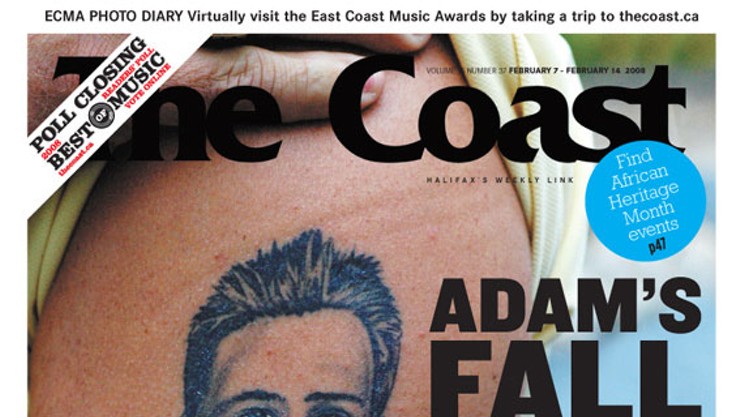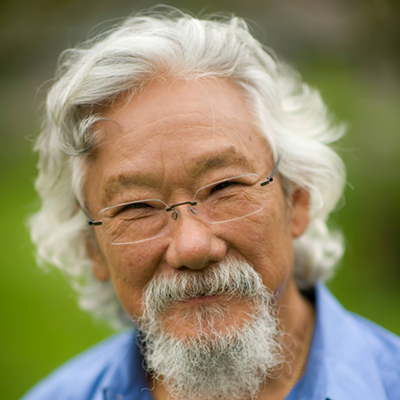What's the best way to reduce the number of suicides? Before answering that question, we first need to know who's committing suicide, and how.
That's the philosophy behind the Profile of Suicide Injury Report, a celebrated and ground-breaking approach to suicide prevention in Nova Scotia.
There's only one problem: the government hasn't released the report.
"It's a report that looks at rates of suicide provincially by age and gender, then it looks at socioeconomic indicators like income, rural/urban status," explains Peter Nestman, author of the report and interim director of the Population Health Research Unit at Dalhousie University. "We also look at the means of suicide---what types of methods they're using. And then we're looking at previous health care utilization---so how many of them had family physicians beforehand."
With that information in hand, society can better decide how to direct resources, create strategies for intervention and reduce the opportunities and means for suicide.
"We came up with a draft report, and it was, I guess, controversial," continues Nestman. "[They] asked me to provide some analysis of the statistics and so forth, and so I did that, and the government wanted some of that stuff out, so I took that out. And so we created a profile report at the end of the fall, and it was getting delayed and delayed and now the report is totally completed, but it's just been sitting with government. I don't know what they're doing with it."
After going through 17 draft copies, the report was completed and printed in April, acknowledges Julian Young, coordinator for injury prevention and control with the provincial Department of Health Promotion and Protection.
"We recognize that this data is incredibly valuable and we want people to have it in their hands," says Young.
Still, Young is conducting months of behind-the-scenes message management before making the report public. He mentions meeting with mental health professionals in the district health authorities.
Young also wants to spend several weeks meeting individually with media representatives before releasing the report. "As you know, the media are very busy right now covering a provincial election, so that's a challenge to get their time."
Young's worry is "contagion"---that media coverage of suicides will inspire the possibly suicidal to commit the act. As an example, he mentions firearm deaths, the leading means of suicide. "The last thing we want someone to do irresponsibly is to report, 'Oh, the leading way to die by suicide is gun,' because right away you've just told people that that's the most lethal way to die by suicide."
"That's bullshit," says Antoon Leenaars, a world-renowned expert in suicide prevention and past president of both the Canadian Association for Suicide Prevention and the American Association of Suicidology.
"You want people to know that guns are dangerous. You want families of suicidal people to know that if you make sure that if you control the firearms that you will have a decrease in suicides. I would want you to write that these things are lethal, and people need to take care of the guns and make sure that if you have a suicidal person in the home to remove that gun. Environmental control with suicidal people works. Controlling them---people control---doesn't.
"You tell people about the swine flu, or about SARS---what might cause SARS to spread or not. It's no different. It's a public health problem."
As Leenaars sees it, government officials in Canada are reluctant to discuss suicide openly for a variety of personal, religious and political considerations that shouldn't play a role in public health policy.
But Young denies there is a political dimension to the delay in publishing the report. "We're getting to the point where we're ready to release it," he says.


















